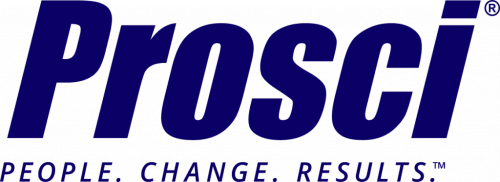Change management consulting service offerings
Every change has its own story. This is our guiding principle because it holds true. We assess each change on its own merits, tailoring our approach to fit its individual challenges. Our goal is always to shape change in a way that puts people first.
We see change everywhere in today’s workplace: from reorganizations and shifts in collaboration, and the rollout of new tools and systems, to the implementation of new regulations. However, success isn’t just about technical expertise; effective change management is key. Why? Because sustainable change comes from people – no system, regulation, or collaboration model runs itself.
Change management ensures that transformations are implemented effectively by providing structured support tailored to each situation. This support must be planned individually and depends on the situation and the system in which the change is taking place. At Wavestone, we design customized change strategies, including training programs, communication plans, and engagement initiative. By fostering awareness, motivation, and understanding, we help those affected understand the benefits, ensuring long-term success.
We customize exact measures individually. For us, the aim is always to turn those affected into contributors, strengthen employee commitment, and shape the change in a sustainable way. With this, Wavestone guides organizations to cultivate bold, inspiring company cultures that drive real transformation and help leaders embrace change. We foster open communication, encourage smart risk-taking, and empower teams with a culture of continuous feedback.
Our Roadmap for a Successful Change Story with Change Management Consulting

Our consulting services
How we support your business goals with Change Management consulting
Wavestone helps organizations build and restructure teams to enhance efficiency, drive innovation, and accelerate performance. Rather than defaulting to costly hires or increased spending, we focus on optimizing existing structures and revamping collaboration practices with our Org Accelerator program.
Transformational leadership requires more than just a vision, it demands inspiration, unity, and energized teams focused on shared objectives. At Wavestone, we help organizations foster adaptive and continuous learning with executive coaching, team coaching, and scalable development programs to achieve truly agile methodologies.
A strong company culture is the foundation of employee retention, engagement, and collaboration. We help organizations build transparency and trust by gathering honest feedback and understanding of employee perceptions throughout the entire talent lifecycle, implementing systems that align with a consistent value proposition.

Energy & Utilities · Change Management
Change – at the heart of Fonroche Biogaz’s integration into TotalEnergies
Read MoreOur Certifications
Our latest insights
Explore perspectives from our experts

Automotive & Industry · Operating Model Design & Agility
Automotive industry in transition: why adaptive structures matter today
Read More
Sustainability
Connecting the Worlds: A (necessary) Collective Action for a Sustainable future
Read More
Travel, Transport & Logistics · Sustainability
Efficient mobility: 3 levers for enhanced efficiency and resilience
Read MoreExplore our cross-sector expertise















